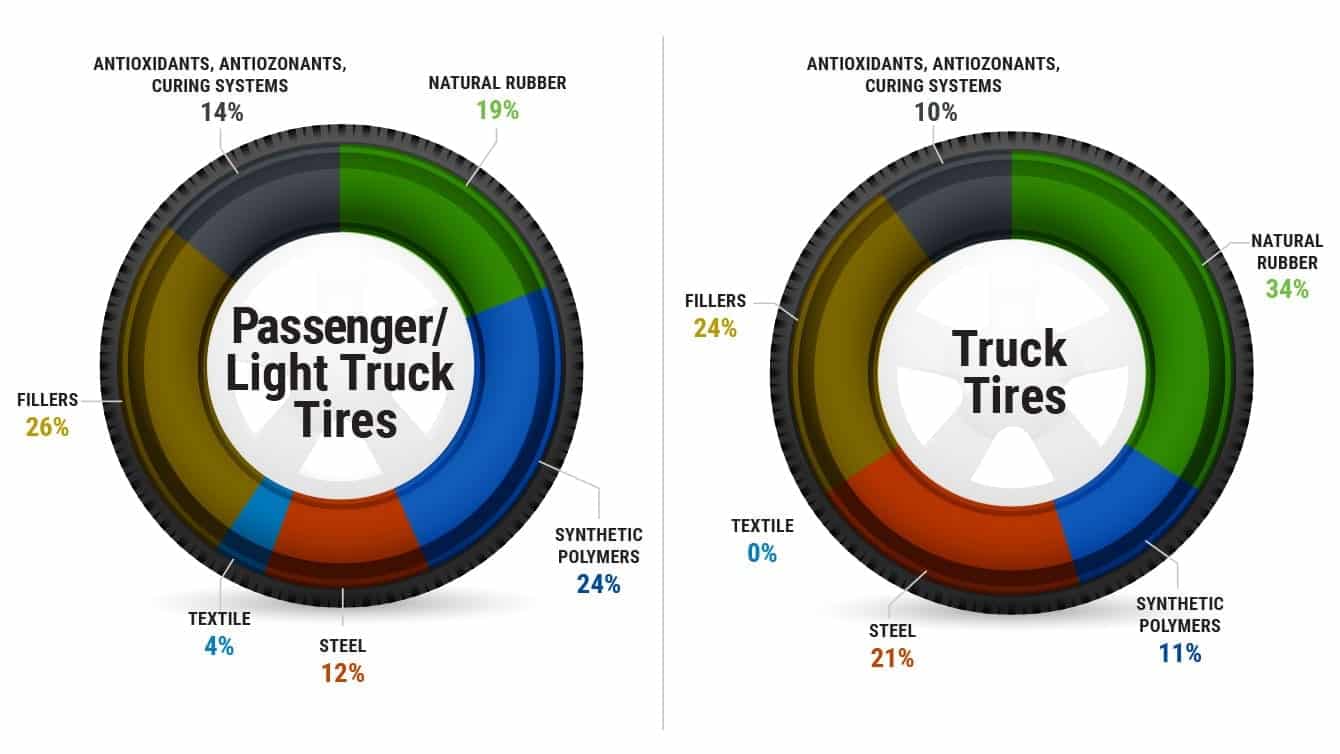Why Are Tires So Expensive? If you own a car and haven’t asked this question, as soon as your tires are getting worn (have you checked recently, by the way?), you will!
Tires are pricey! It’s why dealerships advertise the tires on new and used cars and why they ask about the condition of your tires when you go to trade in your old car. An inexpensive set of tires will set you back between $200-400, with a performance set going for $800-$1200! Why are tires so expensive? We’re going to look at how the development, product, and quality of the tires on your car all contribute to the cost of tires and what you get when you invest in a good set versus going cheap.
Before the rubber meets the road (sorry) on the factors that drive up the cost of your car’s tires, we have to start with one admission. All tires are not created equal. Technicians like the ones at Xtreme Xperience or those on racing teams could look at a tire and tell you all about it. Most of us are not automotive technicians, so when staring at two similarly sized tires side-by-side, we’ll struggle to know why they are different. However, the differences listed below will be made apparent the moment that you get them on your vehicle, and will captivate your attention as they begin to wear!
- R&D (Research & Development)
- Rubber (or product)
- Size (Dimensions)
While tires as we know them have been around for years, the tires that are on your family SUV today still require years of development. Since the late 1940s tires have included much more than just rubber, with steel, nylon, and other durable materials woven into the base of the tread and the sidewalls to increase durability, performance, and fuel efficiency. Innovation on this major development has since been a necessity for tire manufacturers. The ability to display success dictates partnerships both in consumer vehicles and motorsport.
Goodyear, for instance, has long been associated with quality tires for many consumer cars, making them a household name. As they continue to develop their ultra high performance tires, like the ones used by Xtreme Xperience, research needs to be conducted to understand the changes and new developments that need to be added before production. What tread pattern can be tweaked to take a car from offering the best grip at a regular speed to offering it at high speeds? Goodyear will pursue an understanding of how repeated speed impacts not only performance, but also wear. What compound should be used to offer the best balance of grip and endurance? Answering individual questions like these and then bringing them to bear on a physical product takes a cycle of about 12-18 months.
This brings us to the next point, tires are expensive because of the material used. Though we all may know tires as being made from rubber, the truth is that natural rubber only makes up around 20% of the final product. Synthetic rubber, made from oil, combines with natural rubber and then carefully mixed – yes, like a cake – together with a host of other synthetic substances and chemicals to make what will be formed into the tire. How these elements are combined contributes to the performance of the tire and as a result, the price.

A quick look at motorsport, or even at Xtreme Xperience’s program sheds some insight on this aspect of tires. The compound that makes up high performance tires gives incredible grip and contributes to effortless speed despite all of friction’s best efforts. The trade off is that these tires will not last near as long as those on the average four-door sedan (we said average), even if driven at average speeds. The compound used is honed for performance, rather than economy.
However, the nakes eye rarely sees most of the various components that assemble to make the long-lasting tires that we enjoy. Steel bead keeps the tire sealed tight to the rim while steel cords are woven in with synthetic textiles to provide durability and rigidity. A high quality tire will contain a number of different layers, each developed for a unique purpose. Conversely, budget tires will typically include a less complicated formula of layers and components, saving on cost but at the expense of performance and durability.
So a pricier tire means you are paying for a better product that has been researched to offer maximum effectiveness, but what does that practically mean? When someone asks, “why were my new tires so expensive,” this is what they are really wanting to hear. Tires are expensive because they offer superior handling, increased braking ability, quieter road noise, longer tread life, and/or better gas mileage.
The development that goes into the ideal tread pattern ensures the best possible handling in dry, wet, or even snowy conditions. That same tread, combined with the tried and tested compound grips for the best braking possible. The rubber and layers that make up the internals of the tire couple performance with comfort, keeping the tires from sounding like a box fan everytime you exceed 30 miles per hour. Though at times in opposition to handling, a hardier compound of rubber and chemicals can weather the toughest roads for longer, lasting for thousands of miles more. Plus, when a well-designed tire is inflated properly, it goes a long way (literally) in aiding your MPG.
So what should you look for the next time you find yourself shopping for new tires? Your research. Establish what you most value in a new tire (performance, durability, cost) and then find the tire that’s right for you. If you aren’t sure what size you need, check out this article we wrote last year about tire dimensions. Once you know the size and what you want, start doing your research on the best tire options out there. Tire Rack is a great place to start to get a feel for the top options and from there, you’ll find a plethora of information on the internet to sway you in the right direction.



